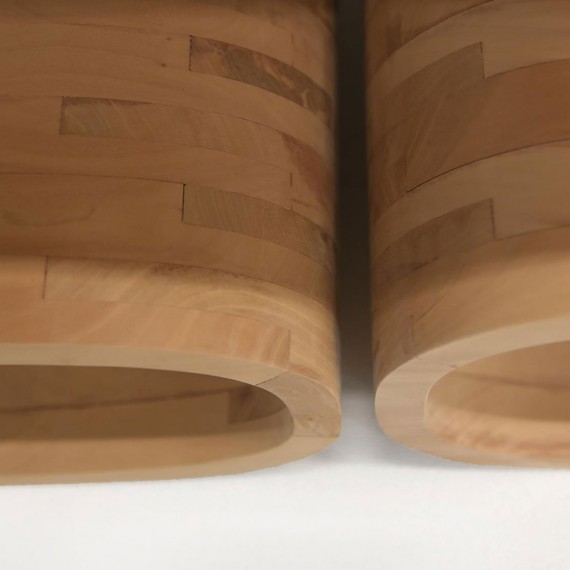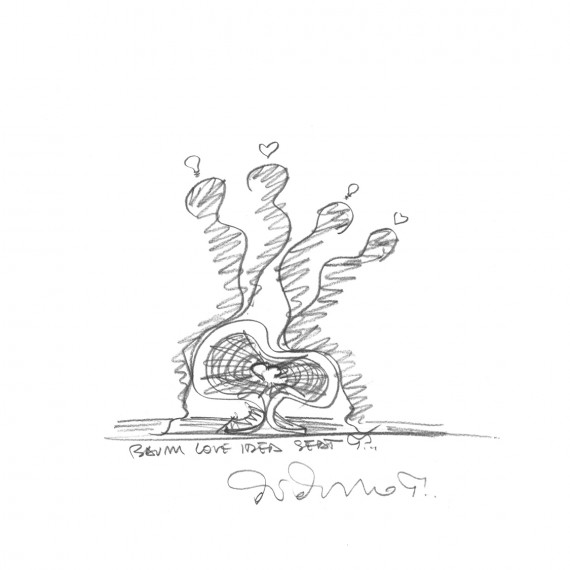DESIGN BAUMCHEN
DESIGN BAUMCHEN
2013
Lugano
Switzerland
Baum represents the interaction between man and the machine in microcosm. The working of the wood with the tools of the industry follows a simple and immediate logic: the removal by machine of the most material possible without breaking the external form of the wood.
This delicate mechanical movement is made possible only in the hands of the most careful and expert mason.
In its apparent simplicity, Baum expresses the complexity of the relationship between man and machine. The monotony and immediacy of the act reveals an extraordinary rich composition. Like architecture, from afar, it is a form, up close, a collection of many things and from within, a world. It becomes a poetic object that recalls the immediacy of Asian culture, it reminds us of Western efficiency and pays homage to the refined wood carvings of Indian and Arab worlds.
It refers to the complexity of man, one who we may recognise on the outside, but inside there lies a mystery. This duality, coupled with the a form that affords the composition its stability, instills the volume with a meditative quality.
It offers an invitation to embark upon an introspective journey of light and shaded paths. That which from the outside appears linear and intuitively understood, within becomes a soft world, exposing unknown caverns and connections, almost like a journey inside the body. The smooth honing of the external faces of the wood contrasts with the rough finish to the internal canals, accentuating this internal/external dialogue. We believe we are always looking at the same object, but in effect it is constantly changing- in its variations it can please all the moods of all those who journey to it.















